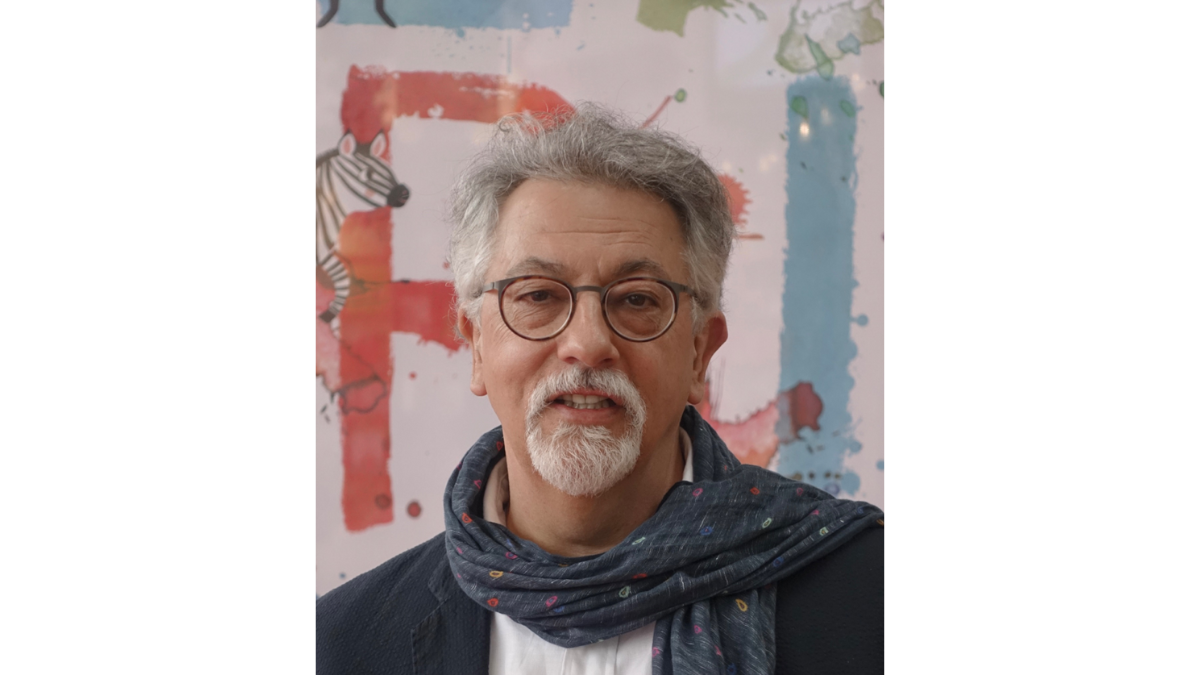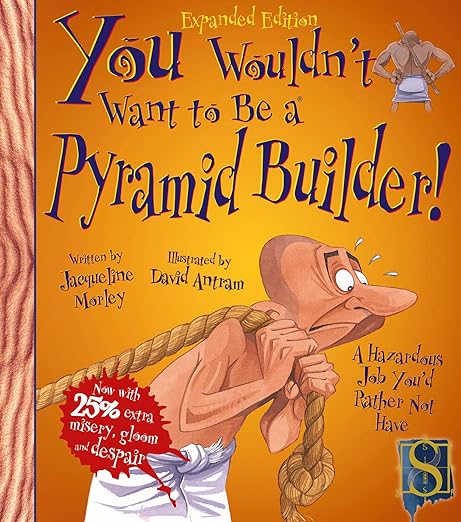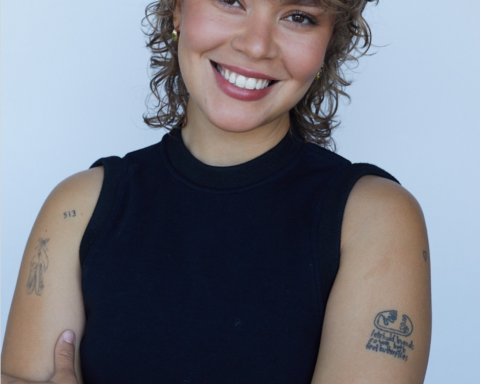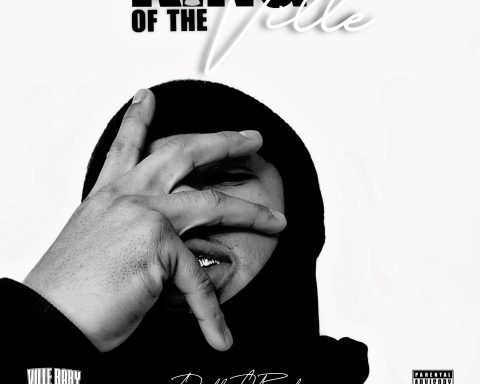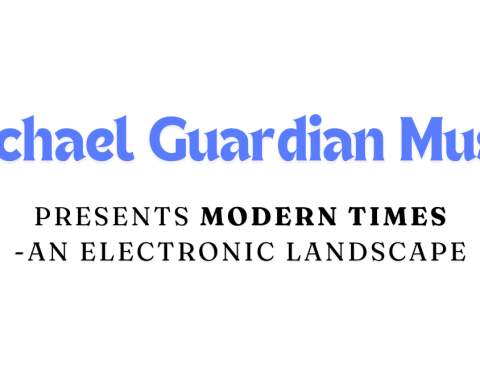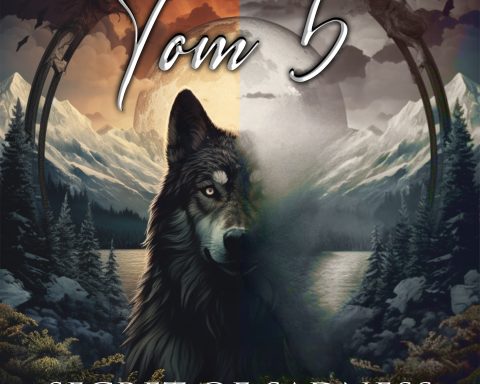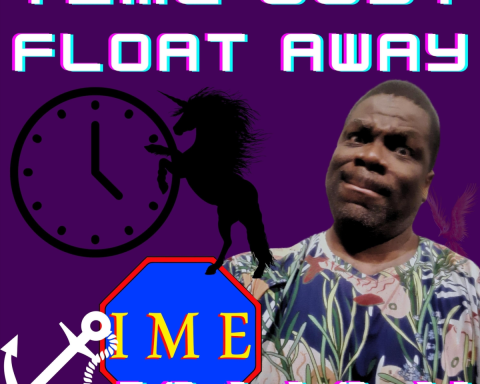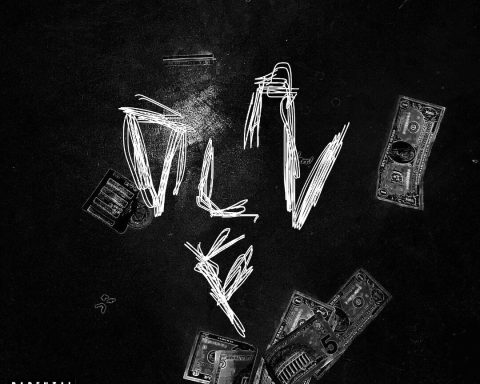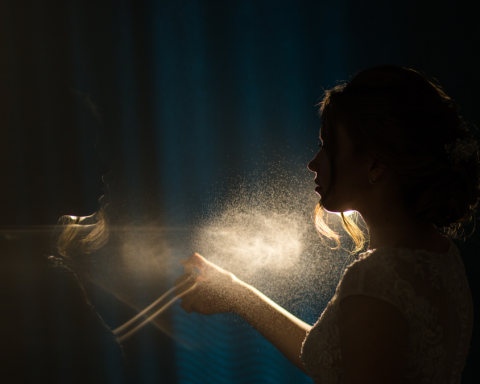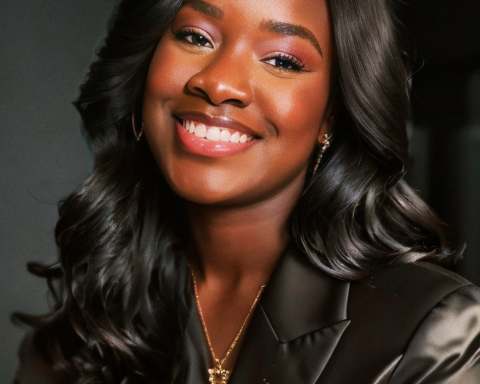Meet the creative force shaping the dreams and imaginations of children everywhere – David Salariya. As a renowned creator, designer, and writer of children’s books, he has carved a unique niche in the global literary landscape.
Q. Can you share insights into your creative process when developing and designing children’s book series like “You Wouldn’t Want to Be”? What inspired you to create such engaging content?
I had created a series called ‘So you want to be… ‘ which had eight volumes which had the usual subjects Knight, Egyptian Princess, Viking Raider, Roman Soldier and so on. I had started to try and think of new titles but came up with more titles that You Wouldn’t Want To Be – so the series title was born. I did design the sample double page spreads on the way to Gatwick Airport – the Children’s Book Fair – the Bologna Book Fair in Italy was after the school Easter Holidays that year – in 1999, so I was heading to Venice for Easter and then going on to Bologna for the Book Fair and hadn’t quite finished everything I had been planning to create. I knew enough about ‘Egyptian Mummies’ to write out and roughly draw the two double page spreads which would be used as a presentation. When I arrived at Gatwick airport I posted the layouts and instructions to the illustrator David Antram. He then did the illustrations and the presentation was made and brought out for the Bologna Fair.
Q. The “You Wouldn’t Want to Be” series has gained international success with translations into 35 languages. How do you approach creating content that resonates with children across different cultures and languages?
Children are children wherever they are in the world and are interested in the fictionalised story and of course, humour, humour is the key to hooking in the reader. The You Wouldn’t Want To Be books use a first person narrative. ‘You’ are at the centre of the story. so all the things that are happening in the book are happening to the reader’. The pages are designed with small ‘bite’ sized pieces of information and dropped caps are used to indicate where main text starts. It is very difficult to learn to read so visual clues to distinguish main text from captions are helpful. Also using slightly odd fonts can give a fun and non-school -book look to pages.
Q. As both David Salariya and David Stewart, you’ve contributed significantly to the children’s literature landscape. How do you balance the creative process of designing visually appealing books with crafting compelling narratives for your written works?
It’s easy if you have an idea and can show that as a visual – I found in my early career – by designing concepts and synopsis and showing what I intended – the publishers at the time could see what the book was going to look like. I always liked working out complete books in miniature. Text was of secondary importance back then as I used latin to show where they would be.
Q. What motivates you to write under different names, such as David Salariya for designing and commissioning and David Stewart for authoring books? How do these personas allow you to explore different aspects of your creativity?
The use of the two names is slightly historical. I wrote a book about the Vikings for the publisher Giunti in Florence in a history series (a long, long time ago) for a series that I had created and designed. I just used my middle name to distinguish it from my credit as ‘designed and created by – I felt it looked a bit odd to be doing everything! The book was then published by Simon and Schuster in the UK – translated from Italian into English and published in the UK and in the USA – the translator just translated from Italian to English – having started using David Stewart – I just continued with that credit for writing.
Q. Over your career spanning more than forty years, how have you seen children’s literature evolve, and what challenges and opportunities do you think authors and designers face in today’s digital age?
When I started working in publishing the internet did not exist, books were designed on paper and a ‘paste-up’ on paper with tracing paper overlays was sent to the printer. The changes are vast and many – I suppose now is the emergence of the individual and the interest in the author and illustrator on social media, so they need to be able to be ‘performers’ almost in a religious way counting how many ‘followers’ they have and when appearing at Literary Festivals being asked ‘what kind of a show’ they do. When I started it was the reader who was most important – the cult of the personality of author and artist is something that has emerged, I suppose this is following in the footsteps of authors from the 19th and 20th c like Kipling, JM Barrie, and Enid Blyton who would have been at the forefront of that type of personality, celebrity author publishing. Opportunities are created by being able to ‘self publish’ and promote in so many ways and to be able to control to a certain extent – although hard work on digital platforms how they and their work is seen. The challenges would be how to be seen – as so many now want to be authors – just witness the celebrity driven publishing.
Q. The “You Wouldn’t Want to Be” series often tackles historical and educational themes in a humorous and engaging manner. How do you strike a balance between providing educational content and ensuring that it remains entertaining for young readers?
The ‘You Wouldn’t Want to Be …’ series certainly tackles very gloomy and difficult subjects – life can be tough, brutal and short and a way of learning about the hard lives of people in the past can help children understand and prepare for later in life when they start to find out the realities of life. The editors of the USA publishers Scholastic didn’t like people dying at the end of the books so it is only (spoiler alert) in the first four titles in the series that the main character dies. Being respectful and honest about the subject is key to dealing with difficult and sad subject matter.
Q. Can you share some of the most memorable feedback or reactions you’ve received from young readers or educators regarding your books? How does their response influence your future work?
Feedback from parents has been positive in that if they have a child who is perhaps a reluctant reader and the child discovers the books – the child can be quite voracious in reading and wanting to read the series. I’ve been told that adults who have difficulty reading enjoy the You Wouldn’t Want to Be books series – the books have a comic book look with speech bubbles – the books were designed with the use of the different fonts to have ‘big brother appeal’ the books were designed to not look educational and to have a comic book look.
Q. What advice do you have for aspiring publishers, authors and designers in the field of children’s literature, especially those looking to create educational and entertaining content?
I am not keen on books from the past being ‘updated for a new generation’. The rewriting of texts which represent values and prejudices of past generations being changed is a lazy way of keeping money making projects in print but does not explore the background of why these prejudices were there in the first place. The reissuing of old material also blocks young new designers, illustrators and authors from being given opportunities. On creating new educational and entertaining material it’s about being enthusiastic and looking to your readers and thinking about what they would want to know. Of course it’s a problem getting the books to the reader through the gatekeepers – but that’s another story.
Q. Your work spans both fiction and non-fiction for children. How do you approach research for your historical and educational books to ensure accuracy?
Books always have a subject expert as a consultant – so factual information is double checked, a ‘fact checker’ used to be a job – I always want multiple references to ensure accuracy, of course over time information changes and interpretation of a subject can change and contents need to be updated when reprints are scheduled.
Q. As a creator who has successfully navigated the world of children’s literature, what projects or goals do you still hope to accomplish in the future, and how do you see the industry evolving in the years to come?
I’d certainly enjoy creating some brand new series, when you have a successful series which goes on over twenty or thirty years – it is something of a ‘poisoned chalice’ – as that limits the options of trying to get interest in new ideas – the sales history of an existing series shows it will be a safe bet but it is like going round in a loop. The use of AI (Artificial Intelligence) will certainly start being used in many areas of life and the creation of projects in which we can interact with devices like ‘Alexa’ would be interesting. I’d very much like to work on an interactive device where AI could mean having conversations with people from the past or your own personalised teacher who can understand how you as an individual learn, the old idea being taken forward that if an individual is not understanding – they are not being taught correctly. Making for a truly immersive experience.
About the author: David Salariya creates, designs, writes and publishes books for children globally, promoting lifelong literacy, representation and inclusion to a diverse audience. David Salariya’s notable achievement is his ability to create books which are both informative and engaging. He combined factual information with vibrant illustrations, brilliant design and humour to make complex subjects accessible to young minds.
For more details visit: https://shorturl.at/fopBO

